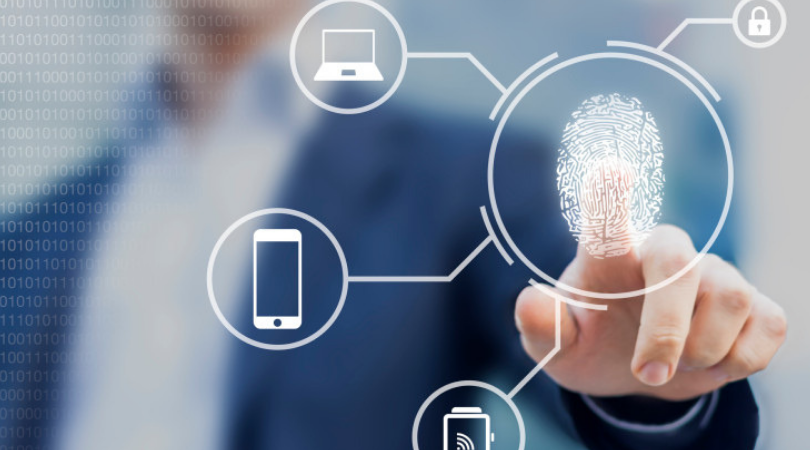Have we reached the point where biometric technology is now synonymous with identity management in both our personal and business lives?
Identity is the gateway to how we interact with each other, with information and with devices. In its most reductive form, our identity is often just a number in a database or a token exchanged between systems. It’s almost always linked to a government-issued document, a credit card, or a username. None of these things are connected to the unique attributes of a person and are, therefore, limited in their utility and they drive the need for additional time-consuming processes, like multi-factor authentication (MFA).
MFA typically entails a user providing two or more pieces of evidence of identity, through knowledge (e.g. a question or password) and/or a possession, for example, receiving a unique single use code via a secondary device that has already been linked to that user. The system is time-consuming and relies on a number of external factors, such as the user having quick access to the device in question and, more importantly, it isn’t fail-safe.
Now we have the opportunity to utilise identity in its most natural form; identity based on that which is part of us, unique to us, and doesn’t involve the manual presentation of a peripheral ‘something’.
That’s not to say that the outcome of an identity event shouldn’t still result in a number, a username, or a token. The difference is that we should be able to control how and where identity is used and there should be such a high level of trust (“I am who I say I am”) that a business can derive significant benefits from a security, risk, cost and user experience perspective. Biometrics provides that certainty of identity.
Apple introduced the benefits of biometrics to the masses for personal use. Not long after, Android users were experiencing the same level of delight; goodbye pins and passwords. It felt both convenient and safe.
So, what does it mean when a person playing the role of a consumer goes to work as a business leader, and wants to leverage the power of biometrics for employees and clients?
Well, there are some obvious places to start. No one likes dirty, easy to lose access cards. Let’s get rid of those first. A password to login to our laptop, no thank you, I’ll use my face. But what’s next; is it all about access management or replacing the old bundy clock (a great use case by the way)? Well no, it’s much more than that.
What if identity was truly placed at the centre of your organisation? The opportunity to integrate trust and privilege into every aspect of an operation; from access control all the way through to induction and site safety management; to medication management and protection of patient data; to electronic know your customer; or for payments that are not only cashless but require no physical card or device either – just you.
Imagine the uses across a host of industries. Many are already taking advantage of the technology to provide certainty of identity for a wide variety of uses. In retail, for example, it’s curbing stock shrinkage through access and visitor management. In banking and finance, it’s facilitating secure financial processes, even those that require multiple authorisations from around the globe, in a matter of seconds, while providing 100% certainty of identity. In the justice and corrections space, it’s enabling the safe, controlled movement of staff, inmates and visitors around a facility, or even between facilities. Even the childcare industry is benefiting, from not only certainty of identity when it comes to who is in the centre and who is signing children out, but also in maintaining critical staff to child ratios in real-time.
It’s not just security, either. Biometrics can provide rich reporting and auditing capability that helps you make data-driven decisions, personalised customer communications and ultimately, a more dynamic user experience. In a retail environment, this might involve tracking a customer’s movement when in-store, what they browsed and in what order, helping you tailor the in-store experience the same way you can online.
With so many applications that provide unprecedented levels of security, improve business processes and enhance customer and user experience, while saving time and money, the opportunities are endless. There is so much value to be gained by understanding who is doing what, where, and when and the way in which we can truly use our ‘identity’ is more powerful than ever.
Biometrics is the technology which facilitates that, and if it hasn’t been on your radar, it’s time to start thinking about how your business, your staff, your customers and ultimately, your bottom line, stand to benefit.

